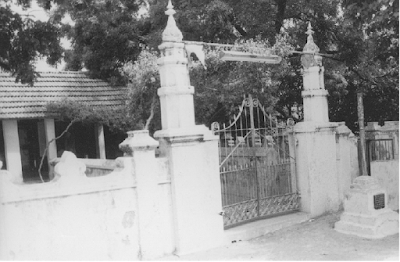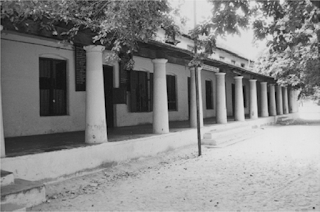APJ Abdul Kalam was born into a middle class tamil family in the island town of Rameswaram in 1931. His father is Jainulabdeen and Ashiamma. He had a very secure childhood both materially and emotionally. Rameswaram was famous for it's secularism. Hindus and muslims lived together like brothers. Spirituality and philosophy were given prominence.
In the words of Jainulabdeen. "Troubles and adversity come to teach us,in and jolt us out of complacency and self conceit".
JAINULABDEEN

Kalam believed that happiness and piece of mind come to us from with in, and not from external sources. When he was 6 years old, he says he was thrilled to watch his father build a sail boat to take people from Rameswaram to Dhanuskonda, a place of pilgrimage. The boat was built on the wood was seasoned over open fires for the various parts that were required. His father did quick business with the sail boat. Unfortunately, some time later it was destroyed in a severe cyclone that struck Rameswaram. How ever, his father was much more worried about the falling down of the Pamban bridge when a train filled with passengers was upon it. Dr. Kalam says that he learnt a great deal from his father's feelings for others and even from the train disaster. He was exposed to the force and energy of the sea which man could not control. Jallaluddin and Kalam were friend's inspite of the age difference. Jallaluddin married kalam's sister, Zohara. He was the only person in that island who could write English. His influence was more on Kalam, as he was the person who exposed Kalam to the latest discoveries. Literature and science. Kalam acquired different books from the personal library of STR Manikam.
Samsuddin is another person who helped Kalam. He used to distribute newspapers(Danamani) in those days. When Kalam was 8 years old, second world war broke out in 1939. Rameswaram was tucked up in the southern part of India. So it was unaffected by the war.
Kalam learend many things from heredity and environment. He learned honesty, self discipline, kindness and deep-rooted faith in goodness from his parents. From Jallaluddin and Samsuddin he learned "Wisdom was based in intuition rather than instruction" practice makes man perfect.
MOSQU WHERE KAlAM AND HIS FAMILY USE TO OFFER THEIR PRAYERS















